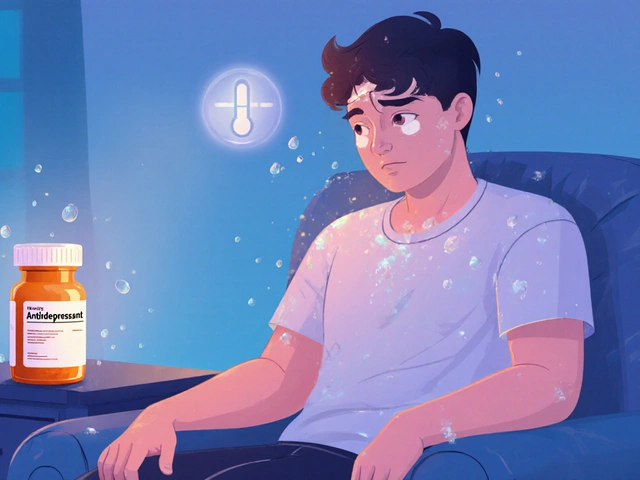Cialis (Tadalafil) vs Alternatives: Detailed Comparison of ED Medications
October 17 2025Palliative treatment: practical guide to comfort, pain relief and care
Palliative treatment helps people live better when they face serious illness. It focuses on easing symptoms like pain, breathlessness, nausea, anxiety and sleep problems — not on curing the disease. You can get palliative care in hospital, at a clinic, or at home. The goal is simple: reduce suffering and make daily life easier.
What palliative treatment usually includes
Palliative teams mix medicines, simple procedures and everyday support. Common drug choices include opioids for moderate-to-severe pain, anti-nausea drugs, steroids to reduce inflammation and shortness of breath, and low-dose anxiolytics for severe anxiety. Doctors also use non-drug measures: breathing exercises, repositioning, physiotherapy, massage, and counselling. A good plan combines both.
If you’re caring for someone at home, ask the team for a clear list: which meds to give, when to call for help, and which side effects to watch for. Practical tips matter — for example, opioids often cause constipation, so start laxatives early. If a medicine makes a person drowsy, try lowering the dose or switching to a different drug under medical advice.
Who’s on the team and how they help
Palliative care uses a team approach: doctors, nurses, pharmacists, social workers, and spiritual or psychological support. Nurses often manage symptoms day-to-day. Pharmacists help check doses and avoid drug interactions — very important when multiple meds are used. Social workers and counsellors help with practical and emotional issues, while therapists teach breathing and relaxation techniques.
Talk openly with the team. Tell them which symptoms bother the patient most and what daily tasks are hard. Specifics help the team pick the right medicines and non-drug options. If travel or delivery is a problem, ask about medication home delivery and refill plans so supplies don’t run out.
Palliative treatment can start early, even alongside treatments aimed at the disease. It’s not only for the last days of life. Early palliative care often improves comfort, reduces hospital stays, and helps families plan ahead. If you’re unsure whether it’s time, ask the primary doctor for a palliative consult — no paperwork needed in many places.
Finally, keep a simple record: current medicines, known allergies, recent symptoms, and emergency contacts. This list makes phone calls or urgent visits easier. If you want more practical guides on medicines, safe online pharmacy options, or how to manage specific drugs at home, check related articles on Pharmacy2Home for tips and trusted resources.
Palliative treatment is about small, meaningful changes that make daily life better. Clear instructions, good communication, and a reliable team are what really help.
 21 Jul
21 Jul
The Role of Atomoxetine in End-of-Life Care
In my recent research, I delved into the role of Atomoxetine in end-of-life care. This medication, typically used for ADHD, has been shown to have significant benefits for those in their final stages of life, including improved mood and decreased fatigue. It's crucial to understand that while it may not cure, it certainly enhances the quality of life by managing some distressing symptoms. It's a fascinating topic and definitely worth considering when discussing palliative care options. I believe that incorporating Atomoxetine could really shift how we approach end-of-life care.
Read More...




